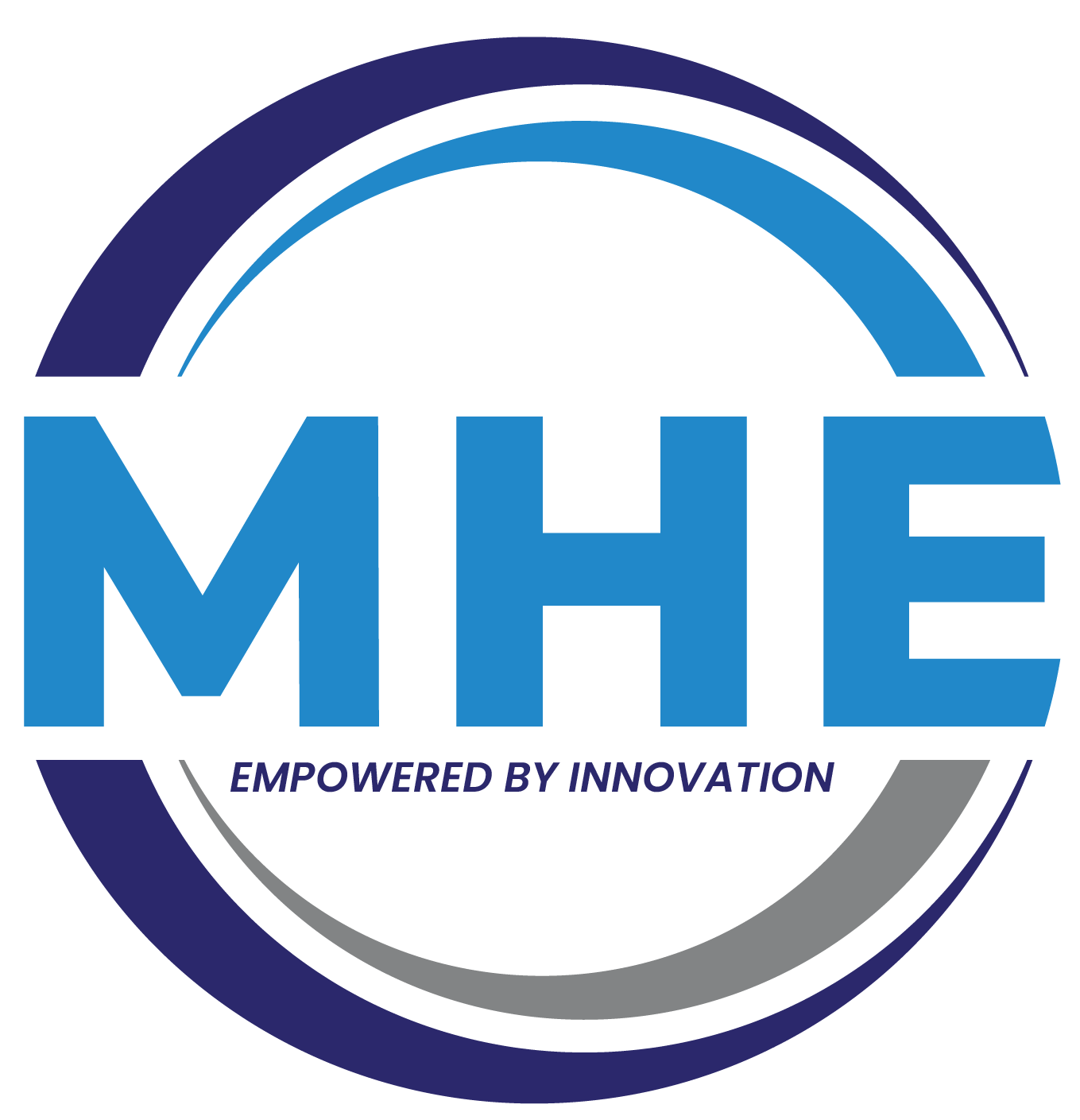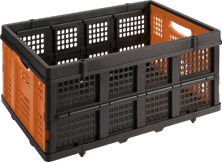Material handling equipment such as forklifts, pallet trucks, reach trucks, and stackers is crucial for smoothly operating warehouses, construction sites, and manufacturing plants in Kenya.
These tools are essential for moving, storing, and managing materials efficiently within a facility. However, businesses in Kenya face a critical decision: should they rent or buy this equipment?
Each option has unique advantages and drawbacks, and making the right choice can significantly impact a company’s operational efficiency, financial health, and long-term growth.
This blog explores the cost-effectiveness of renting versus buying material handling equipment in Kenya, considering various factors like financial implications, operational needs, maintenance responsibilities, and the flexibility each option provides.
Explore our forklift renting services here: https://mhe.africa/services/
Financial Considerations: Initial Costs and Long-Term Investment
One of the key factors that influence the decision to rent or buy material handling equipment is the financial implications of each option.
- Initial Costs:
- Buying: Purchasing material handling equipment in Kenya involves a significant upfront investment. For instance, the cost of acquiring forklifts ranges from Ksh 2,000,000 to Ksh 10,000,000, depending on the model and features. This substantial expenditure can strain a business’s capital resources, particularly for SMEs.
- Renting: Renting allows companies to avoid large upfront expenditures. Rental agreements typically require a much smaller initial payment, often limited to the first month’s rent and a security deposit. This approach is especially beneficial for businesses that need to conserve capital for other critical operations like inventory, payroll, or marketing.
- Long-Term Investment:
- Buying: When a company buys material handling equipment, it becomes a long-term investment. The equipment is an asset on the balance sheet and can be used as collateral for loans. Additionally, Kenyan businesses can benefit from depreciation tax deductions, reducing their taxable income. Ownership also means the company can use the equipment as long as it’s operational without ongoing rental payments.
Renting: Renting does not provide the same long-term investment benefits as buying. The equipment remains the rental company’s property, and payments do not contribute to ownership. However, renting can be a long-term solution for companies needing equipment for specific periods or short-term projects. The flexibility of renting allows businesses to avoid the long-term financial commitment associated with ownership.
Operational Needs and Flexibility
The operational requirements of a business, including the nature of the projects, duration, and frequency of equipment use, play a crucial role in determining whether renting or buying is the most cost-effective solution.
- Frequency of Use:
- Buying: For businesses in Kenya requiring daily material handling equipment, purchasing might be more cost-effective. The equipment is always available when needed, eliminating potential delays in waiting for a rental. Frequent usage justifies the initial investment, as the cost per use decreases over time.
- Renting: Renting is often the better option for businesses that need equipment sporadically or for specific projects. For instance, a company undertaking a large one-time warehouse reorganization might find renting more economical than purchasing equipment that will sit idle after the project is completed. Renting also allows businesses to tailor equipment to specific tasks rather than using a “one-size-fits-all” approach with owned equipment.
- Flexibility:
- Buying: While owning equipment offers certain advantages, it limits a company’s flexibility. If operational needs change—such as a shift in the type of materials handled, warehouse layout changes, or the need to upgrade to more advanced equipment—the company may find itself stuck with unsuitable equipment. Selling used equipment can recoup some of the investment but often results in a financial loss due to depreciation.
- Renting: Renting offers unmatched flexibility. Companies can rent different types of equipment as needed, depending on the specific requirements of each project. This flexibility also extends to scaling operations up or down quickly in response to changing market conditions or project demands. Additionally, if a piece of rented equipment proves unsuitable, it can easily be returned and replaced with a more appropriate model.
Maintenance and Downtime
The maintenance requirements and associated costs are significant factors when deciding whether to rent or buy material handling equipment. Proper maintenance is crucial for ensuring the equipment operates safely and efficiently, but it also involves time and financial resources.
- Maintenance Responsibility:
- Buying: When a company in Kenya owns its material handling equipment, it bears the full responsibility for maintenance, repairs, and regular servicing. This can involve significant ongoing costs, including parts, labor, and potential downtime if the equipment requires extensive repairs. Preventive maintenance is essential to avoid costly breakdowns, but it adds to operational expenses.
- Renting: One of the key advantages of renting is that maintenance is typically the rental company’s responsibility. Most rental agreements in Kenya include maintenance services as part of the package, meaning the rental company handles routine servicing, repairs, and even replacements if necessary. This can significantly reduce the burden on the company’s maintenance staff and minimize downtime due to equipment failure.
- Downtime and Productivity:
- Buying: Downtime due to equipment failure can be costly in terms of lost productivity and potential delays in project timelines. When a company owns its equipment, any downtime requires quick action to repair or replace the equipment, which can be challenging if parts need to be ordered or specialized technicians are required. Additionally, the company must have contingency plans to mitigate the impact of equipment breakdowns.
- Renting: Rental companies typically have a fleet of equipment ready to replace any unit that fails, significantly reducing downtime. If rented equipment breaks down, the rental company can often provide a replacement within hours, ensuring that operations continue with minimal disruption. This advantage makes renting particularly attractive for Kenyan companies that cannot afford prolonged interruptions in their workflow.
Technological Advancements and Upgrades
The rapid pace of technological advancements in material handling equipment is another factor that influences the decision to rent or buy. Newer models often come with features that improve efficiency, safety, and environmental performance, which can provide a competitive edge.
- Staying Current with Technology:
- Buying: Purchasing equipment means committing to the technology available at the time of purchase. As newer models are released, the purchased equipment may become outdated, lacking the latest features or capabilities. Upgrading to newer models would require selling the old equipment—often at a depreciated value—and making a new capital investment.
- Renting: Renting allows companies to stay current with the latest technology without significant capital expenditure. Rental companies regularly update their fleets, providing access to the newest models and technologies. This ensures businesses can take advantage of the latest safety, efficiency, and environmental advancements, keeping them competitive in Kenya’s rapidly changing industrial landscape.
- Environmental Considerations:
- Buying: Older material handling equipment may not meet the latest environmental standards, such as those related to emissions or energy efficiency. Companies that own older equipment may face pressure to upgrade or retrofit their equipment to comply with new regulations, which can be costly.
- Renting: Renting offers access to the latest, environmentally friendly equipment without significant capital investment. Rental companies in Kenya are more likely to provide equipment that meets or exceeds current environmental standards, helping businesses reduce their carbon footprint and comply with regulations without costly upgrades.
Scalability and Business Growth
As businesses in Kenya grow and evolve, their material handling needs may change. The ability to scale operations efficiently is critical to maintaining competitiveness and meeting customer demands.
- Scalability:
- Buying: Owning equipment can limit a company’s ability to scale quickly. If additional equipment is needed to handle an increased workload or expand operations, the company must invest in new purchases, which can be costly and time-consuming. Furthermore, if the company’s needs decrease, it may be left with underutilized equipment, tying up capital in assets not generating value.
- Renting: Renting offers unparalleled scalability. Companies can easily rent additional equipment to meet temporary increases in demand or scale down during slower periods. This flexibility allows businesses to adapt quickly to market conditions, which is particularly valuable in Kenya’s dynamic business environment.

In conclusion, the decision between renting and buying material handling equipment in Kenya depends on various factors, including financial considerations, operational needs, maintenance requirements, and the flexibility each option offers.
While purchasing equipment can be a sound investment for businesses with consistent, long-term needs, it requires significant upfront capital and comes with the responsibility of maintenance and eventual depreciation.
On the other hand, renting offers flexibility, lower initial costs, and the ability to stay current with the latest technological advancements, making it an attractive option for businesses with fluctuating needs or those looking to conserve capital.
Ultimately, the most cost-effective solution depends on the business’s specific circumstances, including its financial situation, the nature of its operations, and its long-term growth strategy in Kenya.






















